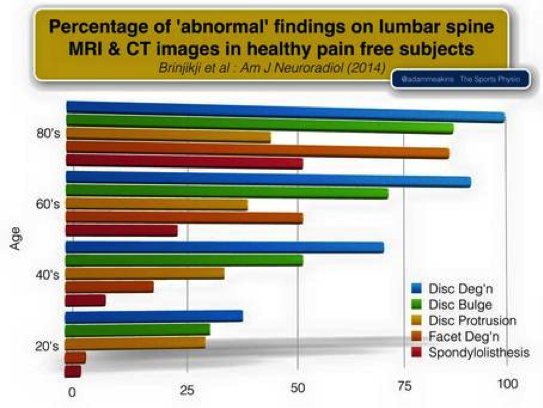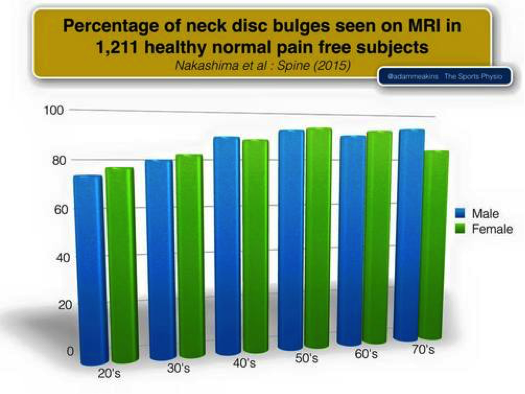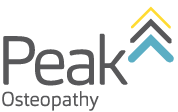Understanding your scans
Getting a radiographic scan (MRI, CT scan, X-ray etc.) and report back from a radiologist can be a confusing and confronting time. The language used in reports can seem like “double dutch” and correlating the words you see on the page with the pain you are feeling is not always easy without the right help. Thankfully your osteopath or myotherapist is trained to guide you through this process and will discuss the contents of your report with you in detail to dissect what bits relate to your pain and what to do next. Dr Belle Picco, osteopath, guides you through the importance of this.
It is estimated annual that Australia’s annual expenditure on arthritis and other musculoskeletal conditions is $5,690 million – coming in as our fourth most expensive disease group.[1] With this much being spent annually our radiographers are kept busy investigating many patients in this group but the next step is understanding what they find and what to do with it.
The most
important thing is to work out what is relevant to your pain and what is
not. The image below, from a 2014 study,
shows the percentage of “abnormal findings” on lower back MRI and CT scans in
people who are actually reporting to be pain free.

Similarly, a 2015 study of over 1000 MRI scans of healthy, pain free individuals found that around 90% of those in their 50’s had some form of disc bulging in their neck.

The lesson here is that while diagnostic imaging is a fantastic way for both the patient and practitioner to gain further understanding of what is happening internally, the most important thing that your osteopath or myotherapist can do is to help differentiate between the radiographic findings that relate to your pain and those that are “incidental findings.” This is a vital step in the process, as it will help provide a clear prognosis and pathway forward. It is important to keep in mind that you are not your scan results!
At the end of the day your function will determine the pathway forward. Radiographic findings provide us with us with more information about your clinical picture but your ability to do the things that you want to do and to function day to day will generally be the greatest guide of what we do moving forward. It’s important to remember that many of the findings that we see can and do change over time and in many cases have the ability to self heal.
It is important that any time you have imagining completed you discuss the findings with your osteopath. At Peak Osteopathy we believe that it is essential that you leave your consultation educated on your condition, allowing you to take ownership over your recovery.
If you have any questions regarding your radiographic findings and what it means for you please do not hesitate to contact the clinic. We would like to see your scan results as an indicator of what you CAN do rather than a list of scary words you don’t understand that stop you doing what you love.
[1] https://www.aihw.gov.au/reports/health-welfare-expenditure/health-care-expenditure-2008-09/contents/table-of-contents



